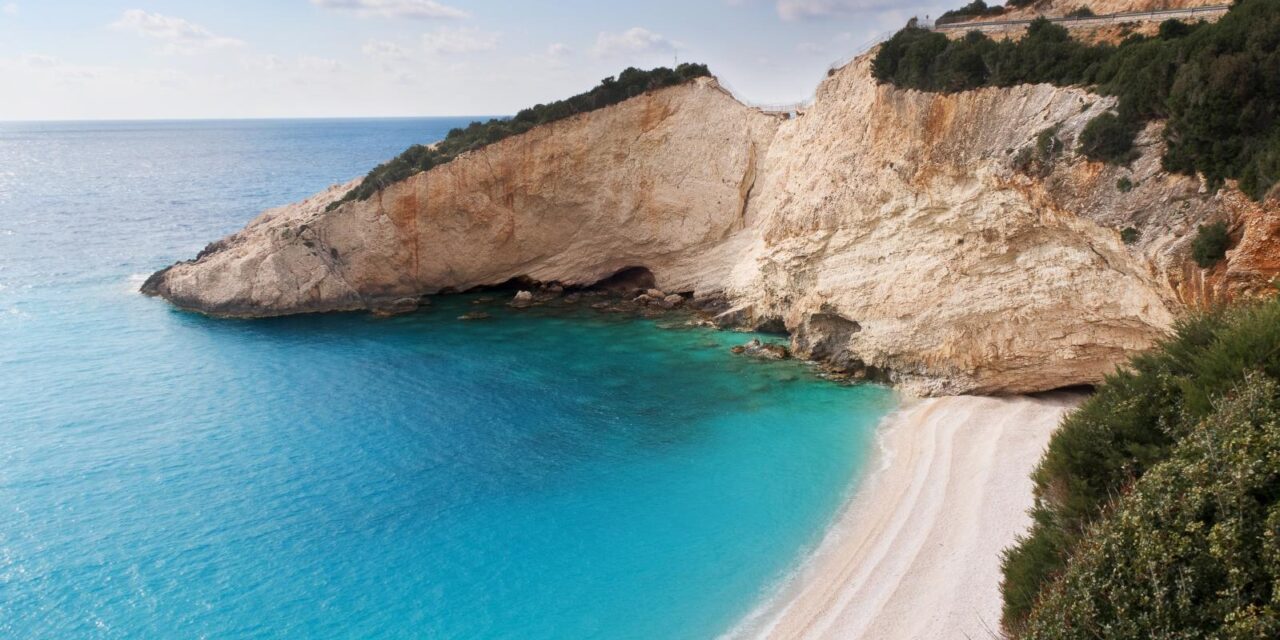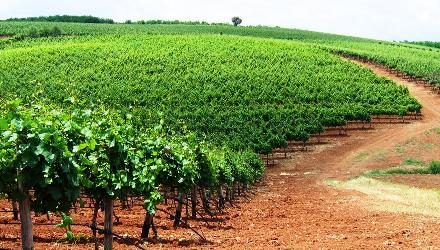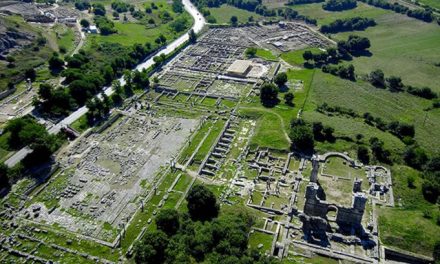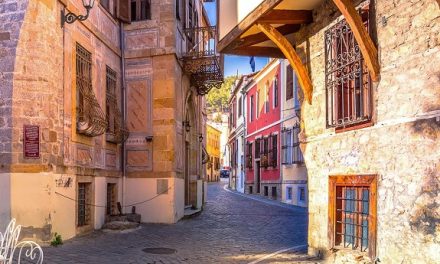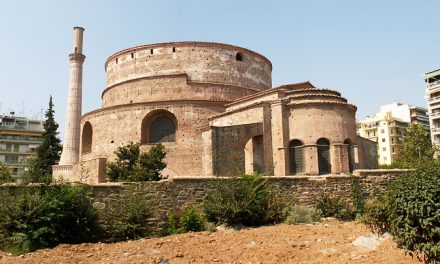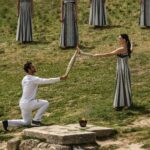Located in the Ionian Sea and easily accessible from the mainland, Lefkada boasts a rich history as well as spectacular natural landscapes. It is not just a sun and beach destination, but a place where time seems to have stood still, inviting the perceptive traveler to explore its essence and authenticity in depth.
Among it many features, you will find picturesque villages, lush vegetation, churches and monasteries, idyllic coves with crystal-clear waters, crowded or hidden beaches a rich cultural heritage and the locals’ hospitality.
Lefkada is surrounded by a total of twenty-four islets, including the legendary Skorpios, Onassis family’s private island. The island is connected to the coast of Central Greece by a 50-meter floating bridge, which operates on a rotating platform, thus allowing cars to cross over easily (and moving aside several times a day to allow boats pass through the narrow Lefkada Channel).
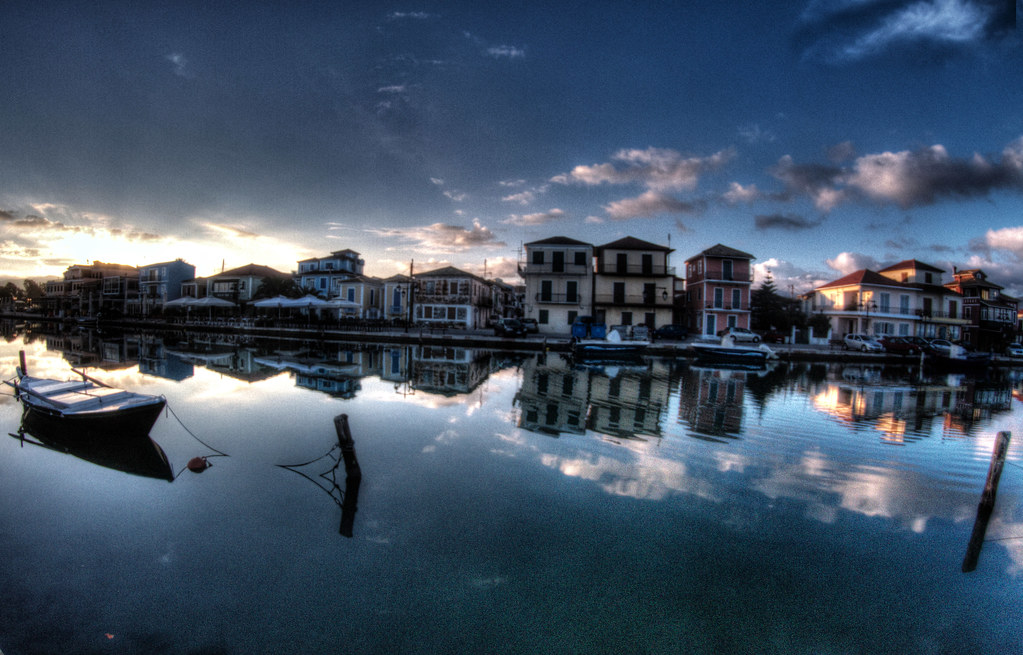
A brief history
The word Lefkada derives from the Greek adjective lefkos, meaning “white”. The whole of the island is believed to be probably named after Cape Lefkata (also known as Cape Doukato), on the southernmost point of the island. The cape, in its tun, is widely believed to take its name from its great white cliffs overlooking the sea. Legend has it that the iconic Ancient Greek poetess Sappho threw herself to her death from those cliffs. Hence another name for this place is “the Lady’s leap” or “the Lady’s Cape”.
Following extensive excavations at various locations on the island, German archaeologist Wilhelm Dörpfeld (1853 –1940), a pioneer of stratigraphic excavation, had even proposed Lefkada as the actual basis of the Homeric Ithaca (a place identified by most archaeologists with either modern-day Ithaca or Kefalonia / Cephalonia, the largest of the Ionian Islands).
Like most Greek islands, Lefkada has witnessed several civilizations, from Ancient Greek and Roman, to Eastern Roman (Byzantine), Ottoman, Venetian and more. Its strategic location, which allowed it to control the sea routes between the Adriatic and the Ionian Seas for much of the Middle Ages, made it a recurring target for the powers in the area.
It should be noted that the rest of the Ionian Islands had gradually (from the mid-14th century until the start of the 16th century) become overseas possessions of the Republic of Venice, having been under Ottoman rule for little or no time – unlike the rest of Greece.
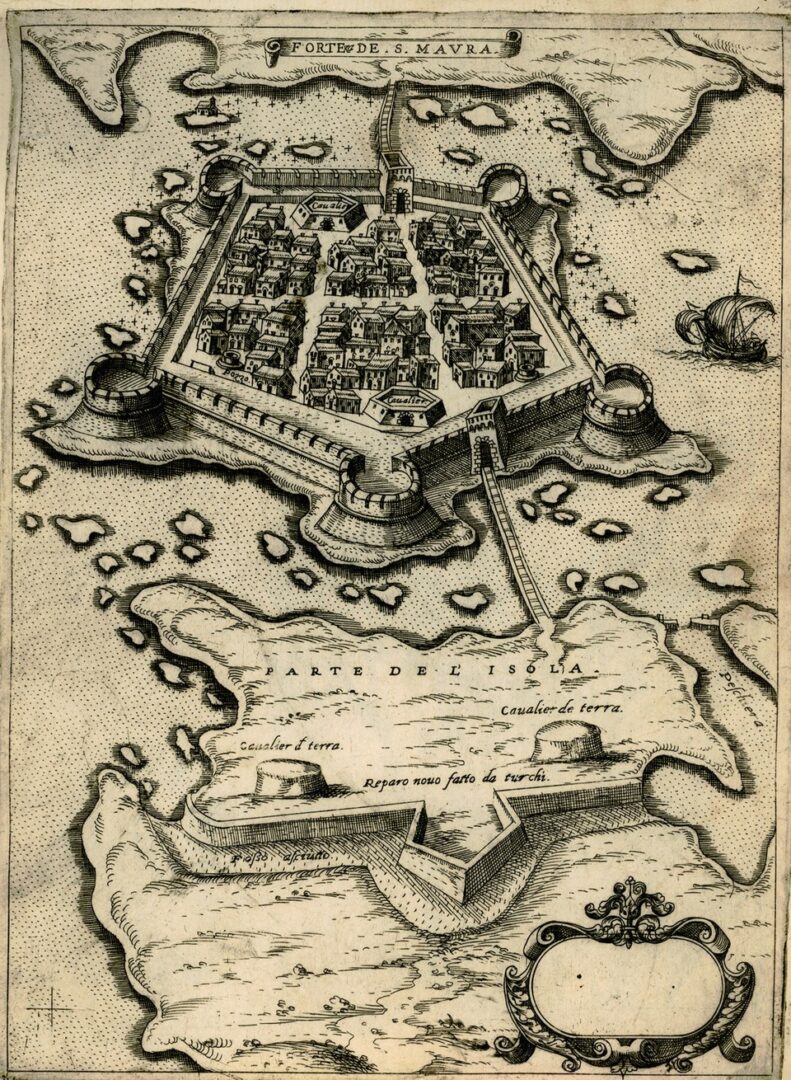
Lefkada, however, had come under Venetian rule in 1204, under the name Santa Maura, (following the Fourth Crusade and the partition of the Byzantine Empire) only to be later ceded to Italian noble families and then captured by the Ottomans in 1479. The island was once again conquered by the Venetians in 1684. Under their rule, advanced farming techniques were introduced, especially in viticulture and oil production.
The Republic of Venice also established a more stable administrative system and promoted maritime trade. Lefkada became a prosperous agricultural center and a link between the western and eastern Mediterranean. During this period, the island experienced a remarkable cultural flourishing. Venetian influence introduced new architectural forms and artistic styles. Religious brotherhoods and cultural societies also became established, shaping the urban character of the capital.
Following the Fall of the Republic of Venice at the hands of Bonaparte in May 1797, the Ionian Islands came under the possession of the French Republic and in 1800 they became a Russo-Ottoman protectorate known as the Septinsular Republic. Recaptured by the French in 1807 and then by the British in 1810, the Ionian islands were eventually ceded to Greece in 1864 under the Treaty of London.
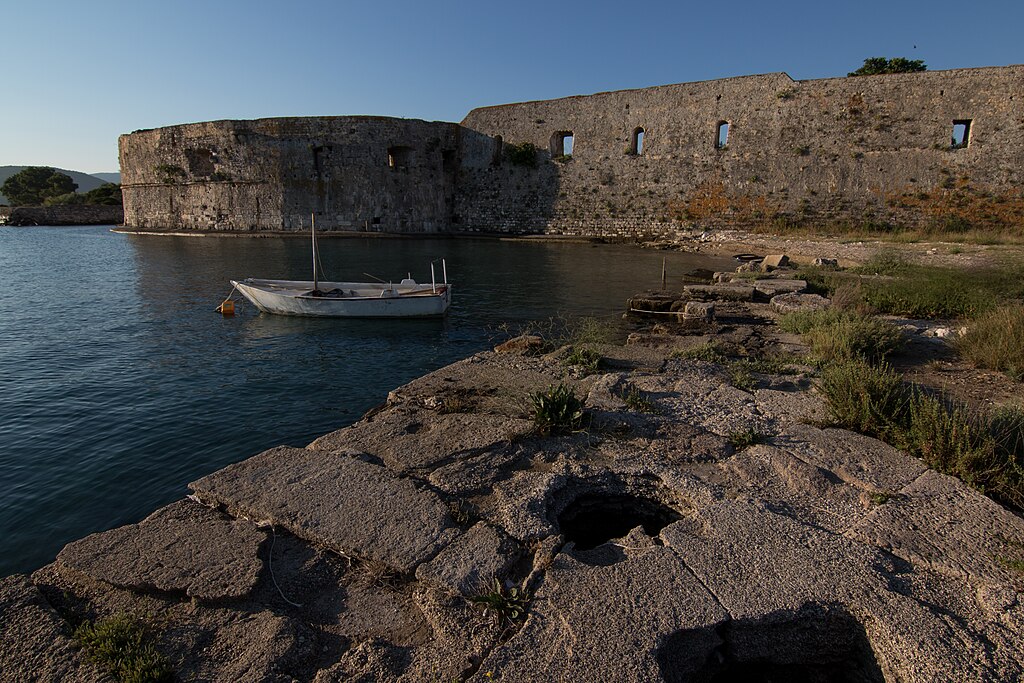
Important sites
The various cultures that have shaped the island’s history have naturally also left their mark on its topography. This is particularly obvious in the island’s most notable landmark, the Castle of Santa Maura (or Agia Mavra, in Greek), a fortress on its northeastern tip, on one of its islets, close to the site where it is connected to the mainland. It was created as a small fortification in the early 1300s, by the count palatine Orsini who then ruled Lefkada, and then was extended by its subsequent ruler. The city of Santa Maura/ Agia Mavra, created inside the castle, became the island’s capital and remained so during Lefkada’s Ottoman rule, during which it was virtually rebuilt and fortified, while an aqueduct had also been constructed, greatly improving living conditions for the locals.
Under the subsequent Venetian rule, the castle was further restored and modernized, while the capital was moved to the nearby site of the modern city of Lefkada. The castle also bears marks of the British occupation. In the 20th century, it was briefly used to shelter Greek refugees from Asia Minor (following the Greco-Turkish War of 1919–1922). Later, when the fortress was abandoned, most buildings within its walls were demolished.
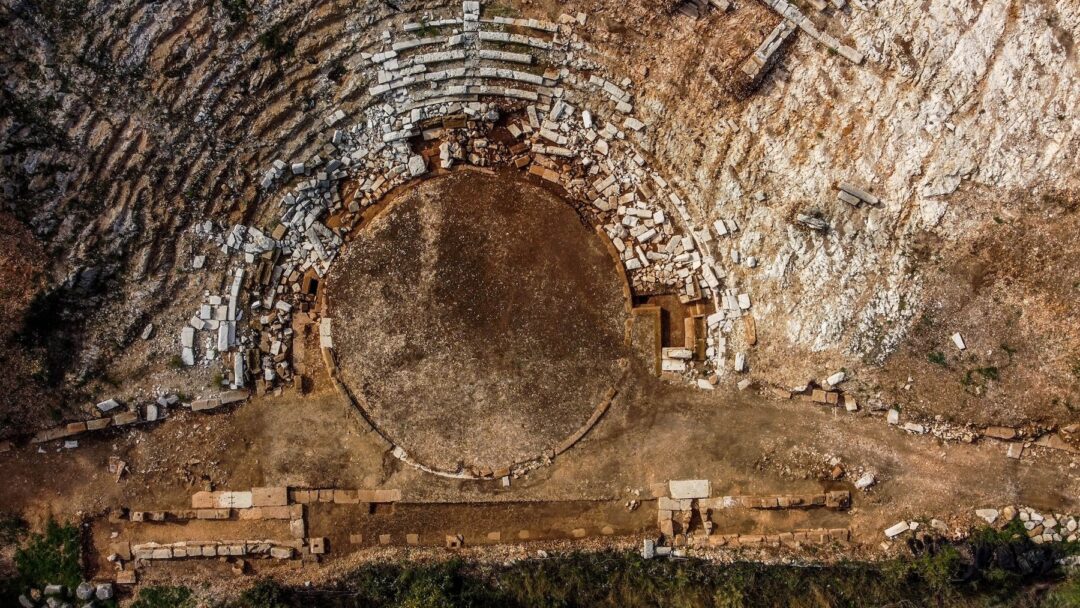
The most important monument from the antiquity, on the other hand, is located in the heart of the ancient city of Lefkada: an ancient theater, established before the end of the 7th century BC, making it the oldest of its kind in the Ionian Islands. This important sight hadn’t been uncovered until recently. Until 2015, very little was known about the theater, and what we did know came from the work carried out in 1901 by E. Kruger, a collaborator of W. Dörpfeld.
According to the Ministry of Culture, the location of the theater was once more identified in 1997 by the Ephorate of Prehistoric and Classical Antiquities; the only systematic excavation on the island – since the major digs undertaken by W. Dörpfeld – began in 2017, with the express purpose of uncovering the theater. The site lies about 3 km south of the modern city of Lefkada, on the northeastern slope of Koulmos hill. The process was particularly challenging, as it involved removing earth and trees, and deconstructing newer structures. It is believed that it was used during the height of ancient Lefkada’s economic and cultural popularity, but later fell into disuse during the Roman period.
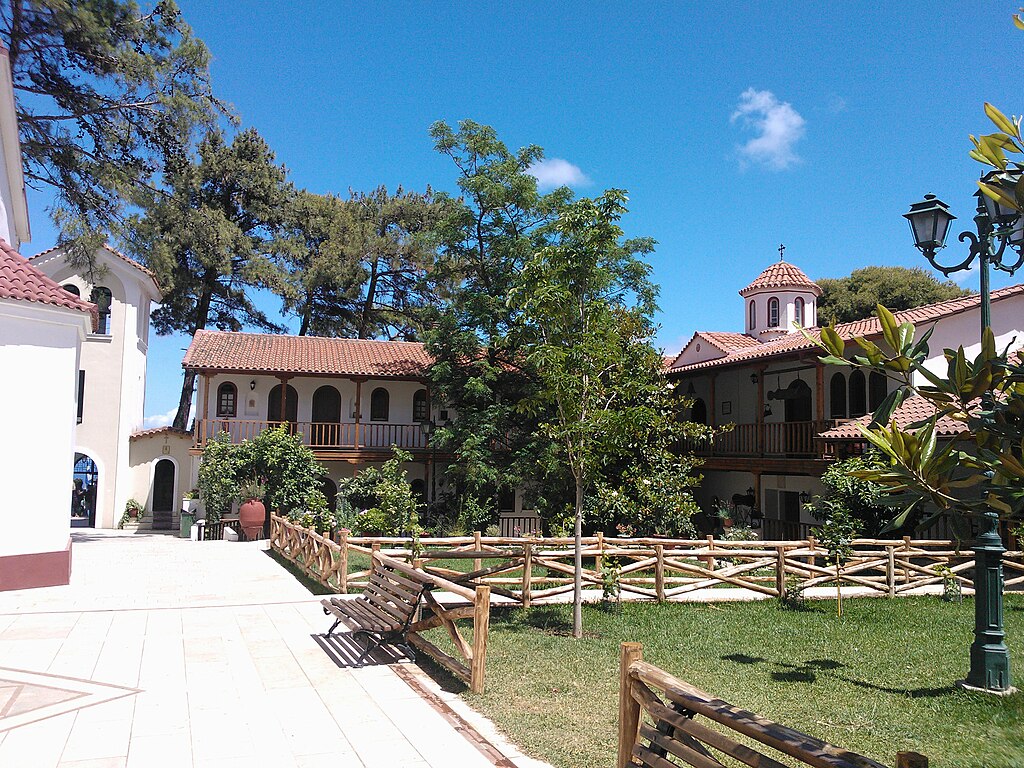
Culture
Every summer, Lefkada hosts various artistic events. The Lefkas international Folklore Festival has been running since 1962, bringing together dance and music groups from around the world and flooding the streets with vibrant parades. The Festival of Lefkadian Gastronomy in July celebrates local products, while in August the Lentil Festival of Eglouvi features traditional dishes accompanied by music and dance.
The island’s musical tradition is equally remarkable. The Lefkada Philharmonic, founded in 1850, is the second oldest musical society in Greece and performed in the first modern Olympic Games in 1896. The castle of Santa Maura also hosts various cultural events.
Religious heritage also plays an important role. The Monastery of Panagia Faneromeni, founded in 1634, is both a historical and spiritual landmark, with a library that houses valuable manuscripts from the 15th to 18th centuries. For centuries, it has been the religious center of the island as the oldest and largest monastery. Its patronal festival is celebrated on the Monday of the Holy Spirit (Pentecost Monday) with pilgrims flocking from all over Lefkada and the surrounding areas.

Beaches
Among the island’s most famous features are its beautiful beaches, with turquoise or deep blue waters – like something out of a postcard. Arriving from the mainland, Kastro and Ammoglossa are the first stops: quiet beaches with fine sand and easy access, perfect for those looking for convenience close to the capital.
For water sports enthusiasts, Lefkada is a paradise. Agios Ioannis-Miloi and Vasiliki are ideal for surfing and windsurfing, while Agiofili invites you to discover an underwater world perfect for snorkeling. Kathisma stands out for its beach bars, restaurants, and the possibility of paragliding over a spectacular scenery. Porto Katsiki and Egremni, on the other hand, catch your eye with breathtaking views of impressive cliffs over white sand and sapphire waters; they are both accessible either by boat or by walking down their famous metal staircases.

Apart from these renowned beaches, you can discover a lot of hidden gems around the island, such as Afteli, Avali, Kavalikefta, and Megali Petra, while Ammousa, Mikros Gialos, and Ligia stand out for their easy access, also being accessible to people with reduced mobility. Finally, it should be noted that Lefkada’s mountains are the source of numerous waterfalls. One prominent example is the Dimosari Waterfall near the town of Nydri (hence also known as Nydri Waterfall).
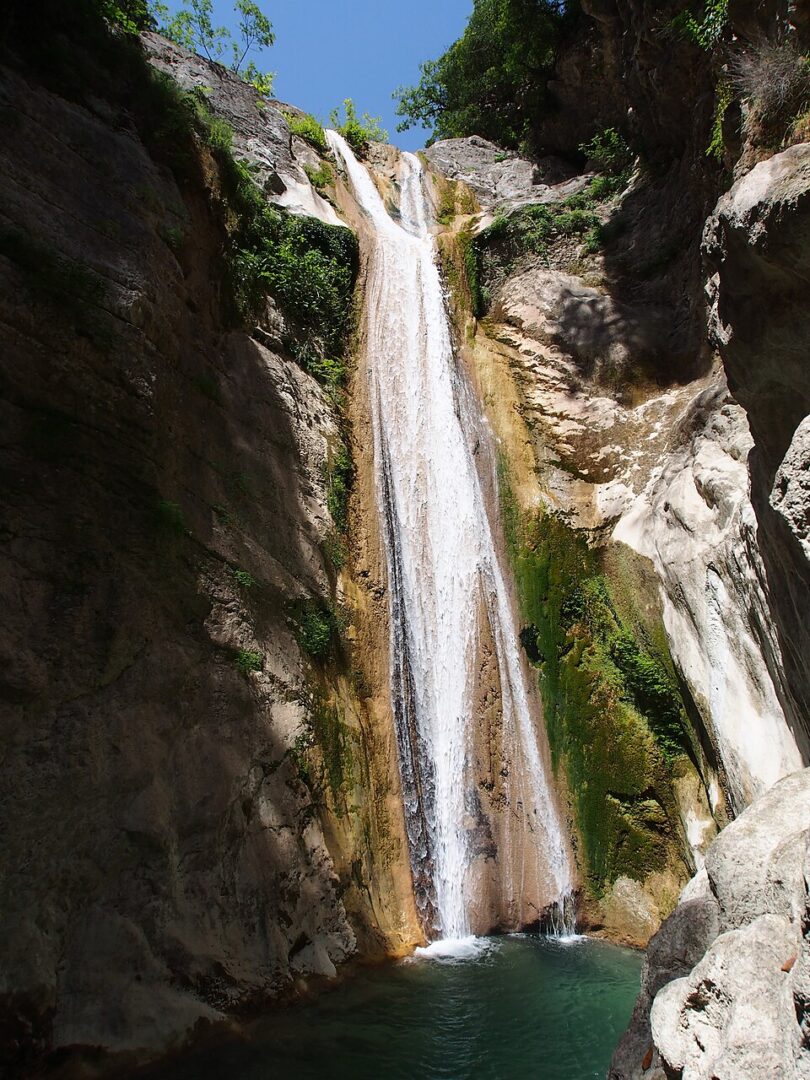
Based on the original article which appeared on Pamorama Griego (Into image: Porto Katsiki beach by Thierry via flickr)
Read also via Greek News Agenda: Discover Greece’s Waterfalls; Greek mountains – a place for year-round tourism; Andros, the “Little England” of the Cyclades
TAGS: GREEK ISLANDS | TOURISM

